The spiritual joy that the human voice, in whatever language this is, is very attractive. This is a mystical sound, I think it works really well in a mix of tracks, to shift context and take our constantly listening ears into a whole new direction using just the human voice.
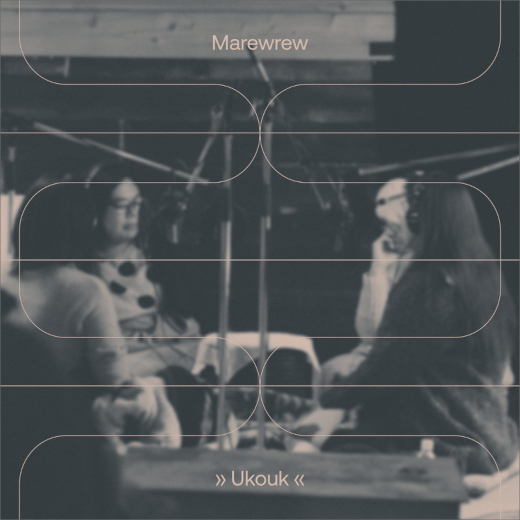
A love of nature and the human voice
This is melodic vocal music, chants from an ancient indigenous culture once found only on some remote islands near Japan. My connection to this sound is from admiring the work of Tanya Tagaq, she has a different sound but they have in common a love of nature and the human voice. Also there is Huun Huur Tu from Tuva and the khoomei sound. Our voices are amazing!
What I hear on the album Ukouk are almost all acapella vocals, plus some natural sounds and rare instrumental accompaniment, with a gentle lighthearted melodic cadence which sounds to me easily at home with the spirit of overtone singing, such as the throat singing of Tibet, Mongolia, and Tuva. The spiritual joy that the human voice, in whatever language this is, is very attractive. This is a mystical sound, I think it works really well in a mix of tracks, to shift context and take our constantly listening ears into a whole new direction using just the human voice. Also this unique listening experience is fascinating as a full immersion into these interesting audio artifacts from long ago and far away.
Marewrew means ‘butterfly’ in Ainu. Heard on this album, there are three vocalists using the language from the Ainu, an ethnic group of related indigenous peoples native to northern Japan. The Ainu have occupied these areas before the arrival of the modern Japanese and Russians. They were subjected to forced assimilation and colonization by the far larger Yamato population of Japan starting in the 9th century and were pushed to the northern islands. Ainu people were not allowed to practice their religion, and they were pushed into Japanese-language schools where speaking the Ainu language was strictly forbidden. Because so few present-day speakers are left, study of the Ainu language is limited, this recording represents a friendly revitalization of the Ainu lingual heritage.
Care to try pronouncing the word Ukouk? Easy! For me not at first. What I hear is a foreign language which sounds musical and cyclic, very rhythmic and playful, you either like it or you don’t. If you are superstitious, this might sound witchy because these are empowered female voices. I love it, the sound is so musical and pure, just a voice singing. Each vocalist is right there directly in front, she has friends, and they sing the very old songs in a refreshing natural voice, all of this is refreshingly new to my ears. There are sixteen tracks, each one a new picture made almost only from vocal play. I have no idea what any of the words are, not all chants have exact translations, just the spirit pushing through from one human to the rest. And three voices exponentially multiply the possibilities.
The poetry of the chants all fit together in interesting patterns, I can only guess about the syllabic content, the meaning of these traditional chants in the round form that is used in almost every song. The first song is “Honkaya – Boat Rowing Song” (1:03) the waves are bobbing up and down, in a small boat the trio of intrepid voyagers press into the open waters. The cadence is perfect for the endless task of rowing such a small boat. “Etukuma Kara – Dance Practice on Ice” (1:16) starts off with a sassy swaying vocal beat and the sense of spraying sparkly ice crystals in the wind, setting up a pattern that blends the feeling of human laughter with the sense of the frozen play.
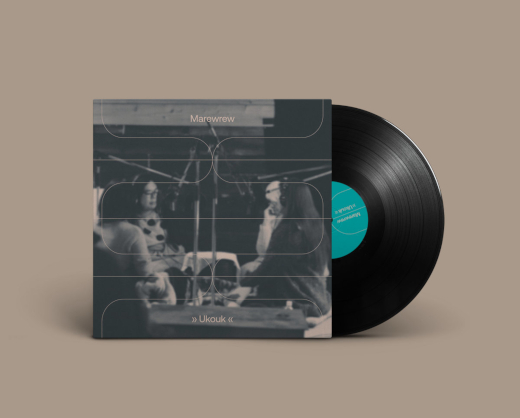
Shared traditions ::
Everyone knows what you say when you meet someone, here is an unusual traditional interpretation, “Uekap – Greeting Song” (1:51). I think of salutations as unique expressions for the moment, this is an ancient odd bouncing weave of what was said upon encountering a friend or lost soul, either one I am guessing. What exactly are they saying? Clearly something friendly.
Watching nature is part of what humans used to do more of. This next track, “Cikap – Dance for the Crane” (0:57), I like to imagine that this time the trio is doing what they do for the benefit of the crane, talking directly to the bird in a language the crane might respond to and maybe share an avian chuckle. “Sonkayno – Game Song” (2:12) and I wonder what the game is, this is a weave of clues that I do not understand. The song is playful with some dramatic accents but overall a strange mystery to my ears. I think the tempo or cadence would work well for walking extended distances. Maybe they are walking to the game, to play in a remote field.
These songs are all shared traditions, messages from the past that have come through to our ears today through the voices of these careful poets. Nature is a big part of the story here, is what I hear rain in the forest? Are those woodpeckers? Always, the vocal parts fit together in a complex and intricate way. In Western traditions, a perpetual canon or infinite canon brings multiple voices into similar melodies, repeating indefinitely. Sometimes each voice starts at a different time so that different paths of the melody coincide, somehow fitting harmoniously together. “Haw Sa – King of Round Singing” (4:42) suggests that singing a round is what this whole album is all about, each layer of vocals linked and built into a pace that is perfect for climbing or pulling together. I don’t really know, I am making this up. What I like most on this track is the sound of the woodpecker drilling that continues periodically breaking through the singing voices.
A sake ritual sounds like another name for a drinking song to me, but the tone is not very explicitly intoxicated. “Hetono He Karakara – Sake Ritual” (1:34), down the hatch! I am rocking back and forth, no beverage today, exuberantly chanting along with what is called a sake ritual, the ending is quite comical in my opinion. Now to become softer and sober and clear minded, “Yaykatekara – Wedding Song” (3:10), a lovely story about the sacrament of joining two people together, syllables knitting the atmosphere into a traditional transition, two individuals starting or becoming a unified household together, traditionally raising children is the focus. I hear a gentle almost hissing sound, is that for shushing to sleep or the sound of steam? Well, since the words are only sounds to my ears I can work wonders with what they might be saying. Here is a short one, “Takuro – Birds” (0:29), a very short cheerful interpretation of what birds are like.
Returning to the round mode, a catch is a phrase that is not apparent in the lyrics, splitting the melody between different voices. The end leads to the beginning. “Sikata Kuykuy – Snow Falling from a Tree” (2:05) restores the interlocking round chanting. Now I can imagine the winter in this far away place, somehow together we can celebrate the season of frozen beauty. With a joyful hopping tempo, playful and steady, back and forth rocking and throwing the voice around, “Horippa – Dance Song” (1:32).
Here are three songs about the ocean. “Hunpe Yan Na – A Whale Ashore” (1:42) has an ominous meaning, I fear that a whale ashore would not bode well for the cetacean. This is not a sad song to my ears, but the meaning is dark. “Hunpe Pa Wa – From The Whale Head” (2:26) continues a closer examination of a whale, each syllable trades with another, interlocking and creating a blended sound, but if it is coming from the head, is it telling a story? Is it a harvest song? Two very different possibilities, both plausible to me. The third ocean theme song is “Pon Repun Kamuy – Little Orca Sea God” (1:40), this sounds to me like a children’s story about a young whale. The feeling is odd and haunting, in the rocking chant form of round singing. Now putting the restless little spirits in toward the mood for sleeping, “Orouro Roahun – Lullaby” (3:38) featuring the Tonkori harp. I am guessing that this is a universal family song, some sing each night.
Closing with a whole new bold interpretation of the work here, taking the old traditional song form into a risky more popular style, “Kanerenren – Bear Ceremony Song” (3:41) has a hint of snappy electronic percussion, some sound effects of water, playful chanting, and the Tonkori harp. The colorful little added calls and coos bring me back into this strange mix of ancient and right now, just three ladies singing.
Marewrew are Rekpo, Hisae and Mayunkiki. Rim-Rim was a member of the group until 2022. Mayunkiki reflects on the ambivalence of performing traditional music as a contemporary band: “When we first started performing, we all thought we had to perform in an Ainu way. But over time we have become more and more open to new ways of singing. I think if our way of singing is seen as the only, correct way of our tradition, then it won’t spread, it’s not alive. We like it when it’s traditional, but it changes, just like our voices have changed over time.” [Quote from the film Marewrew’s Voice by Eiko Soga (2021)]
Ukouk. Round Singing Voices of the Ainu 2012-2024 is available on Pingipung. [Bandcamp]






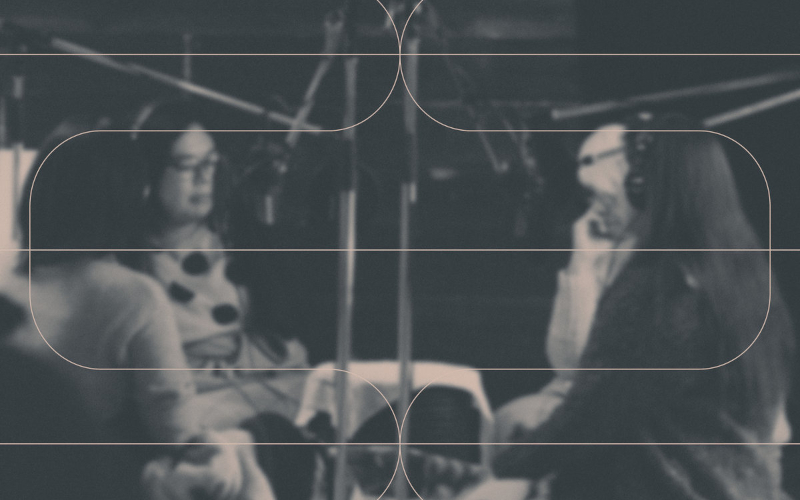
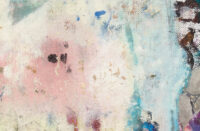




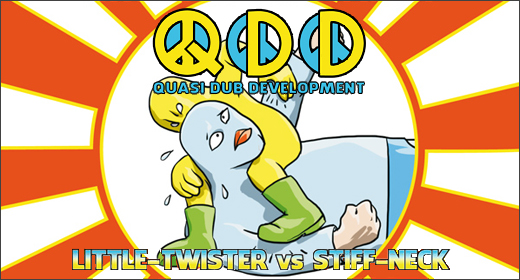

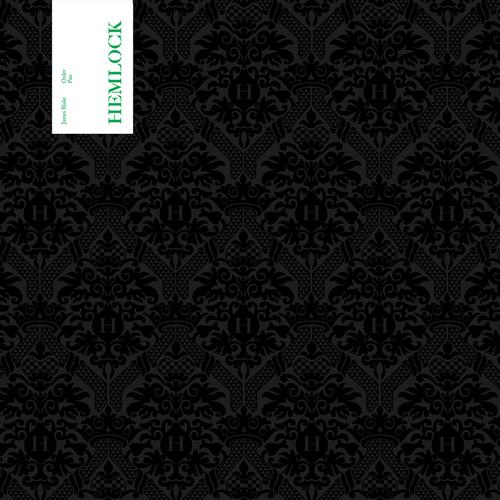

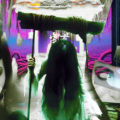


![Pole :: Tempus Remixes (Mute) — [concise]](https://igloomag.com/wp/wp-content/uploads/2025/04/pole-tempus-remixes_feat-75x75.jpg)






![Hasbeen :: Bunker Symphonies II (Clean Error) — [concise]](https://igloomag.com/wp/wp-content/uploads/2025/04/hasbeen-bunker-symphonies-ii_feat-75x75.jpg)
